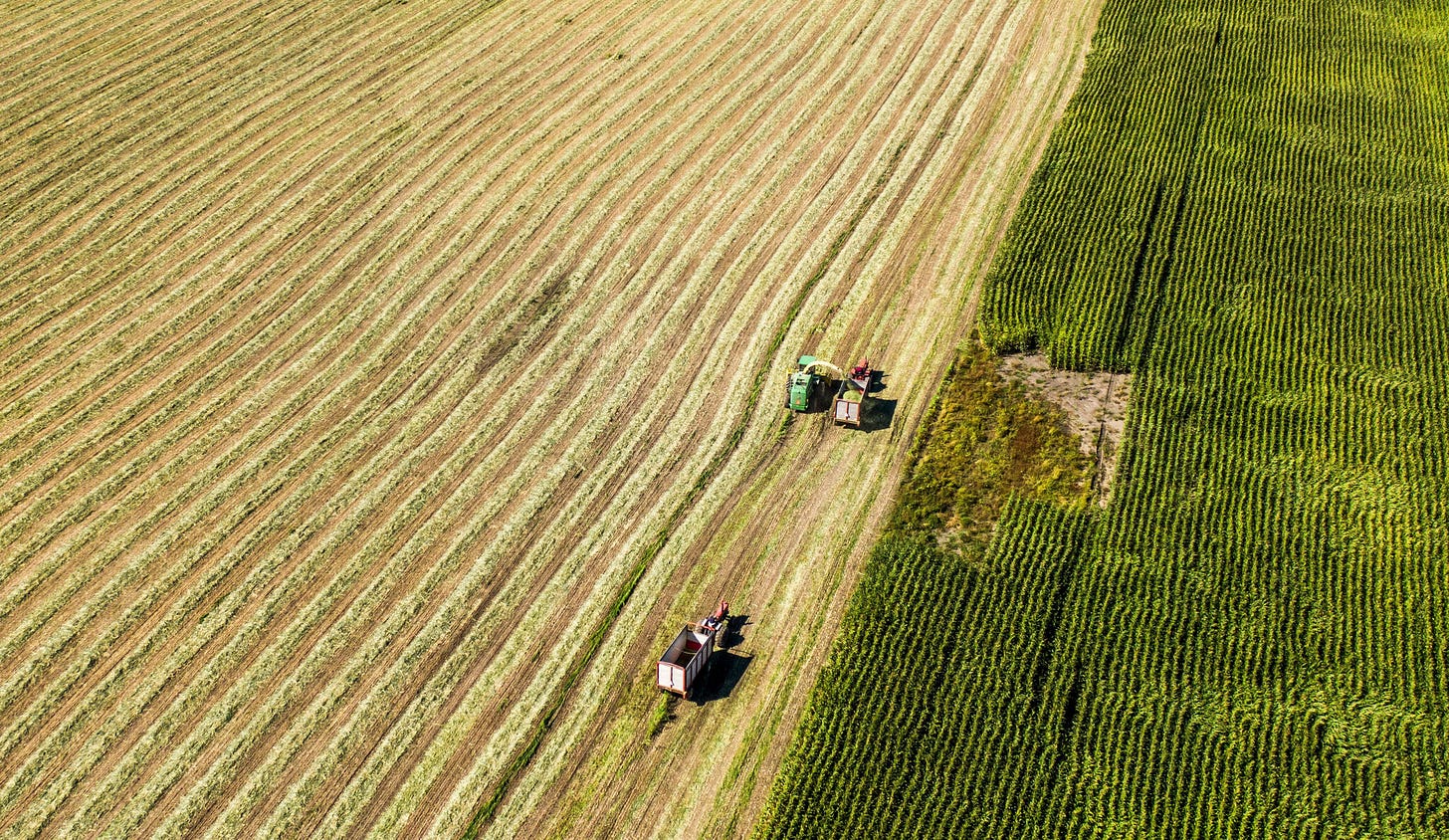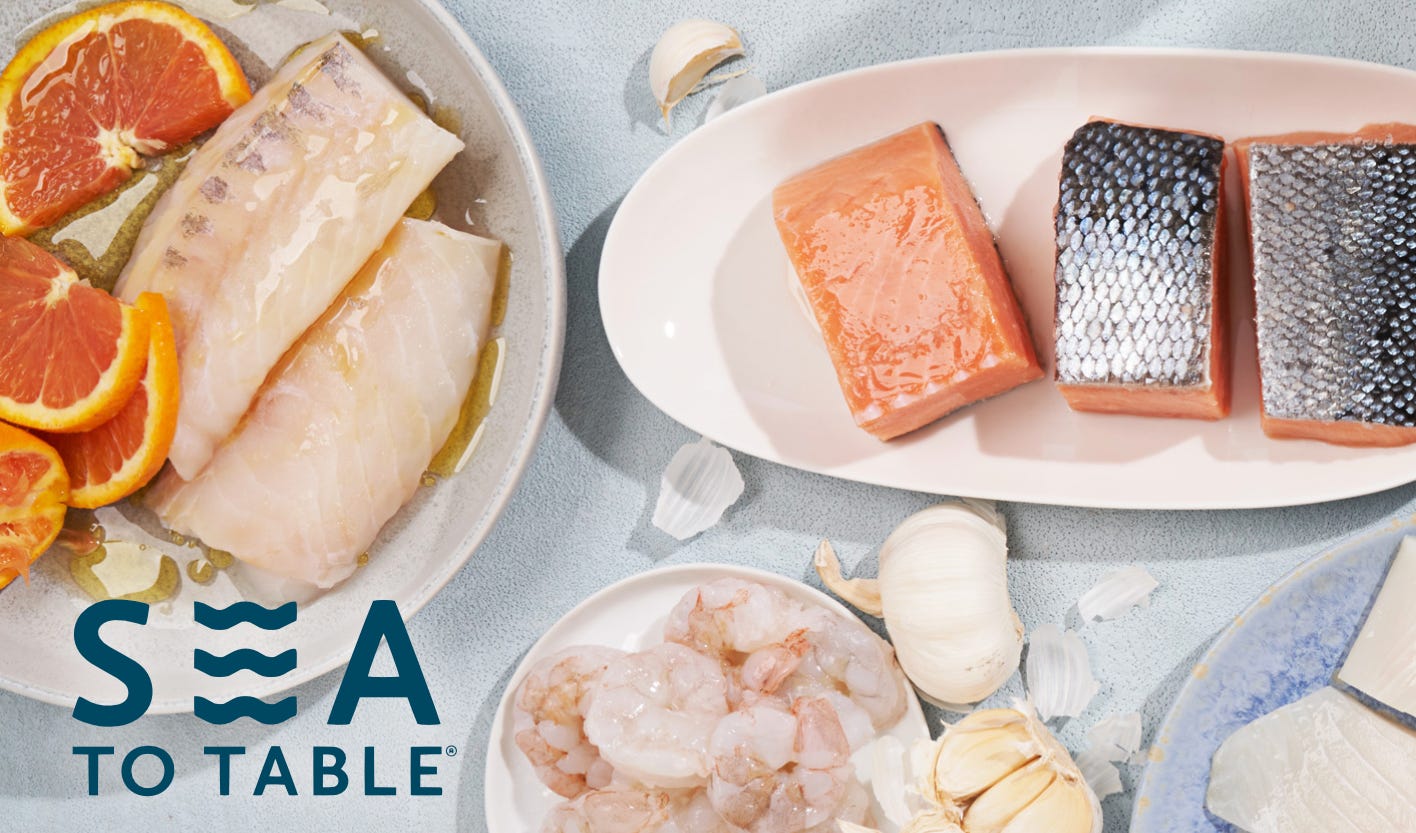🌽 Is our food system pulling the husk over our eyes?
Welcome back to The Regeneration Weekly, a newsletter delivering regenerative food and agriculture news to your inbox every Friday. Not a subscriber yet?
Health: Nowadays, corn is in the sodas we drink, the cereals we feed our children, the fuel we put in our cars, and the industrially raised meat, fish, and poultry we buy at the grocery store. As the largest producer and exporter of the cash crop, the US dedicates 59 percent of its arable land to commodity crops (corn and soybeans) and a mere 2 percent to growing fruits and vegetables. Yet less than 10 percent of the national corn crop is used for human-edible food, much of which comes in the form of high-fructose corn syrup - found in a plethora of ultra-processed products. And up to 20 percent of the US corn is sold to other countries including China, Mexico, and Columbia. Meanwhile, 36 percent of domestic corn is milled into fodder to fatten up livestock in CAFOs. But how did corn - a single species of grass - come to dominate 26 percent of the nation’s farmland (88.6 million acres), comprising over one-third of total US food production by calorie content?

In truth, corn has always been a mainstay of US agriculture. However, it was not until the late 1800s that more growers began prioritizing corn cultivation in hopes that the higher yields would offset the risks associated with farming. By the 1930s, scientists had discovered new ways of breeding hybrid strains, which had larger ears and could be grown closer together. And in 1995, the US’ controversial decision to approve genetically modified (GMO) corn for planting led to the creation of corn varieties with higher yields and built-in disease and drought resistance. In the past 90 years, genetic engineering, coupled with the introduction of new industrial technology (fertilizers, pesticides, and machinery), has enabled corn yields to skyrocket from 20–30 bushels per acre to 170 bushels or more per acre.
It's common knowledge that corn has colonized the American diet and food chain. But it is lesser-known that 40 percent of US corn is transformed into biofuel. To understand why, we must look back to 2005 when President Bush signed the Energy Policy Act, which mandated a two-fold increase in America’s use of biofuels. Two years later, the Energy Independence and Security Act expanded the program by providing tax credits and subsidies to corn growers. These policies increased corn prices and led to the planting of 17 million new acres of corn. Today, almost all US gasoline is blended with 10 percent corn ethanol. In short, farmers grow what the government pays them to grow. And between 1995 to 2020, federal subsidies - including direct payments, disaster aid, crop insurance payments, and mandates to produce ethanol - for a few commodity crops, especially corn and soybeans, totaled $424.4 billion. The average Iowa corn farmer now derives almost 40 percent of their income from government payments. And if nothing changes, the modern corn system will continue to wreak havoc on:
Agroecosystems: Farmers are expanding the vast carpet of corn that paints the Midwest at a rate of over one million acres per year. Across the US Corn Belt, landowners are converting undisturbed natural grasslands to rows of corn at a pace comparable to deforestation rates in Brazil - presenting a threat to the waterways and species that reside there. Even worse, crop insurance incentivizes farmers to expand corn production on marginal lands not well suited for agriculture and often prone to erosion, flooding, and drought. If the harvest fails because the soil is too degraded, subsidies kick in and guarantee a decent return.
Soil health: While monocultures might be an easy way to generate higher yields in the short term, there is a steep price to pay for the lack of diversity. And in duo-cultures, where land is rotated between two crops (primarily corn and soybean), fields are still left bare for the winter. As a result, more than a third of farmland in the US corn belt (100 million acres) has lost its fertile topsoil due to erosion. And corn, in particular, consumes a disproportionate amount of our freshwater resources, including an estimated 5.6 cubic miles per year of irrigation water withdrawn from America’s rivers and aquifers. These extractive farming systems rely on regular applications of chemicals to compensate for their soil-depleting and weed-attracting effects. More than 5.6 million tons of nitrogen fertilizer is applied to corn each year. A bulk of this synthetic fertilizer, in addition to large amounts of soil, runoff into our nation’s lakes, rivers, and oceans - polluting waters and emitting nitrous oxide (N₂O) along the way.

Instead of incentivizing specialization, policymakers should be encouraging producers to mitigate risk by diversifying their farm landscapes. Diversity could mean planting cash cover crops (i.e., hemp or kernza), integrating dual-use solar, or turning row crops into pasture for livestock. Research indicates that up to 24.7 million acres, more than a quarter of the land currently devoted to corn, could be repurposed for holistically managed grazing. This transition could reduce agriculture’s annual greenhouse gas emissions by about 36 percent. And would leave us with premium, grass-finished beef, which is more nutritious and humane than corn-finished meat. As many critics continue to blame “Big Ag” and “Big Food” for perpetuating this broken corn system, we must also grapple with the fact that the boom in production is driven in part by federal policy that pays farmers to plant low-margin commodity crops “fencerow to fencerow,” even if the market is saturated. Stay tuned for future newsletters that examine how repealing ethanol mandates and reorienting our farm subsidies around nutrition and conservation could lower the demand for commodity crops.
Watch: King Corn is a journey into the digestive tract of our modern food system where one ultra-industrial, pesticide-laden, heavily-subsidized commodity dominates the food pyramid from top to bottom - corn. In the film, Ian Cheney and Curt Ellis move to the heartland of America to better understand where corn comes from. With the help of their neighbors, GMO seeds, and powerful chemicals, they plant and grow America’s most-productive grain on one acre of Iowa soil.
Shop: Sea to Table®, a Certified B Corp for corporate responsibility, has a mission to Help More Americans Eat Better Fish. The company goes beyond the supermarket offerings of farmed and imported fish to bring its customers only wild-caught, sustainable seafood from well-managed US fisheries. Sea to Table travels from the icy waters of Alaska to the bountiful shores of the gulf coast to bring you the very best the ocean has to offer, from Wild Alaskan Salmon and Halibut to underutilized (and delicious!) species like Atlantic Winter Skate and West Coast Dover Sole. All of their seafood offerings are flash-frozen at the peak of freshness and delivered right to your door, still frozen, in eco-friendly packaging. As a special offer for Regeneration Weekly subscribers, Sea to Table is offering $25 off your purchase plus free shipping on your order of $170 more at sea2table.com. Just enter the coupon code REGENERATION at checkout.
Disclaimer: The Regeneration Weekly receives no compensation or kickbacks for brand features - we are simply showcasing great new regenerative products.
The Regeneration is brought to you by Wholesome Meats | Soilworks | PastureMap.





